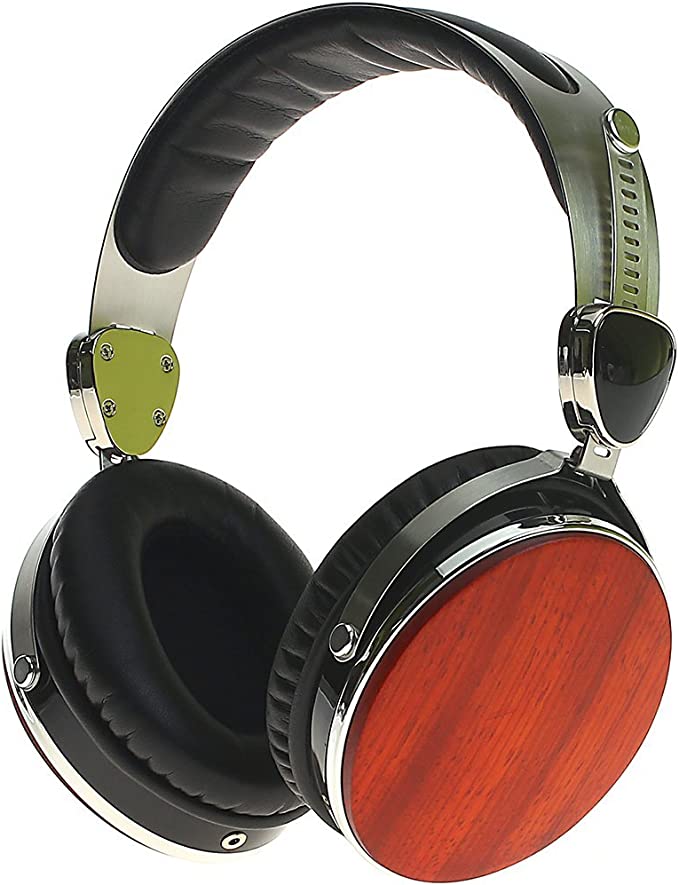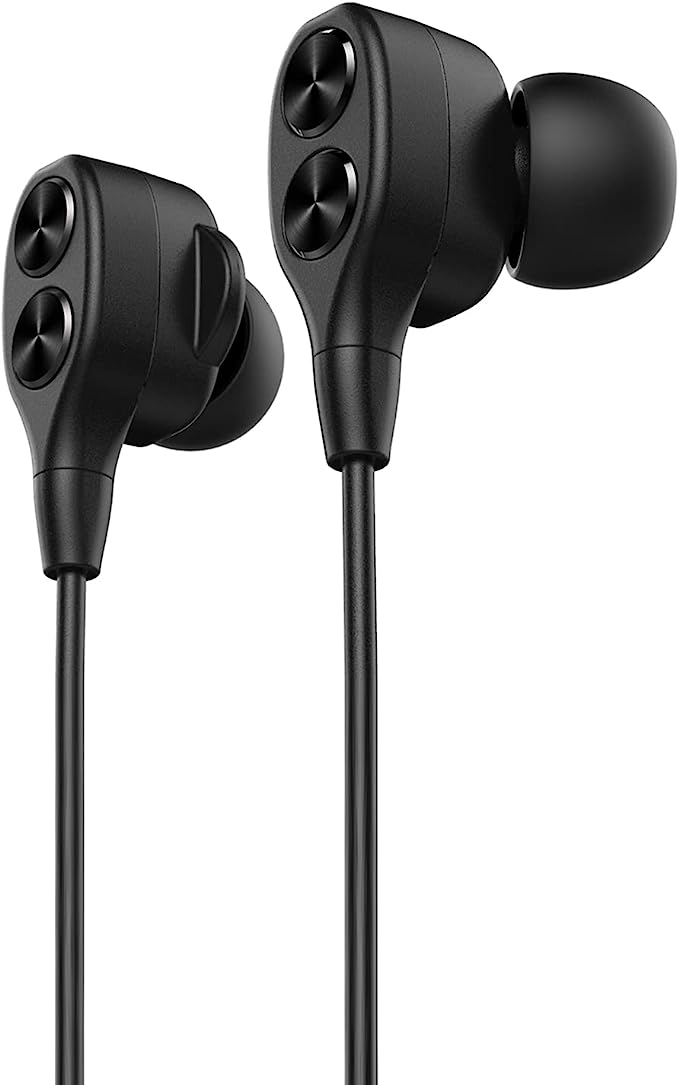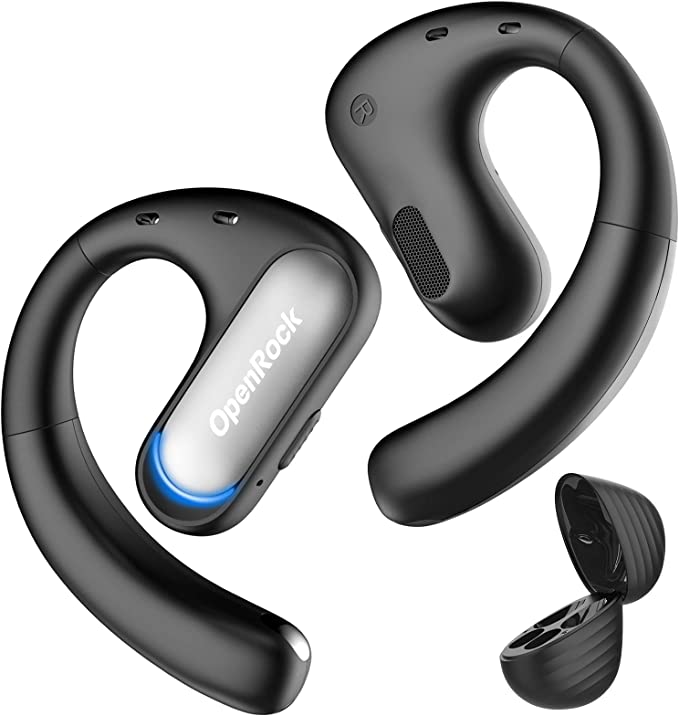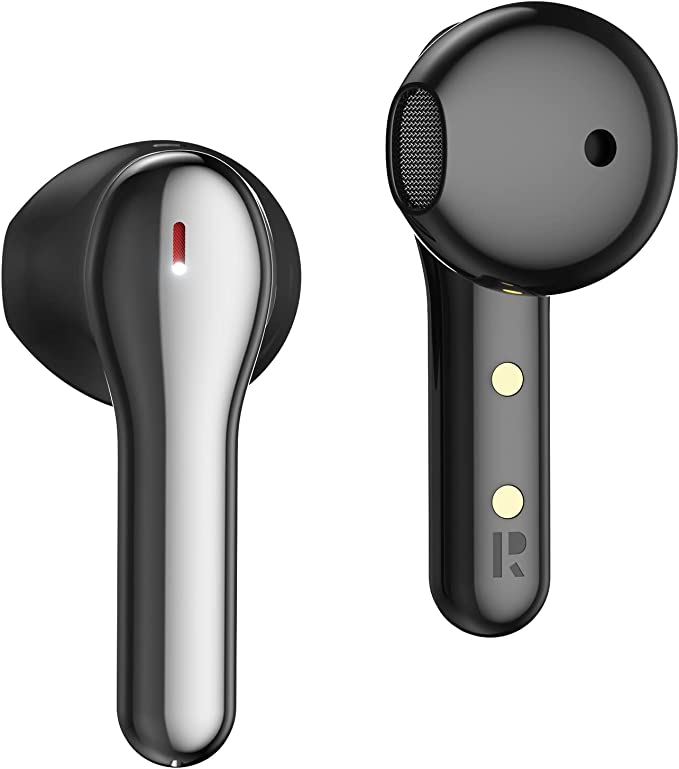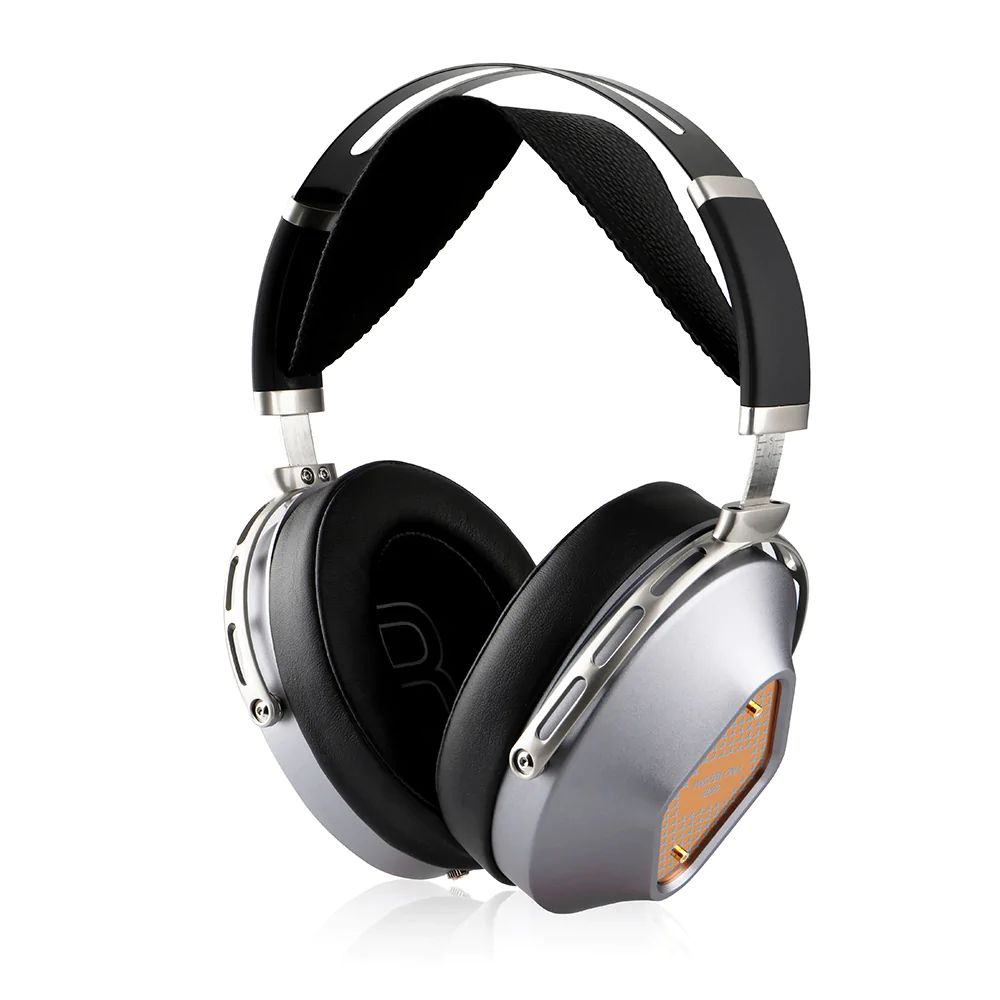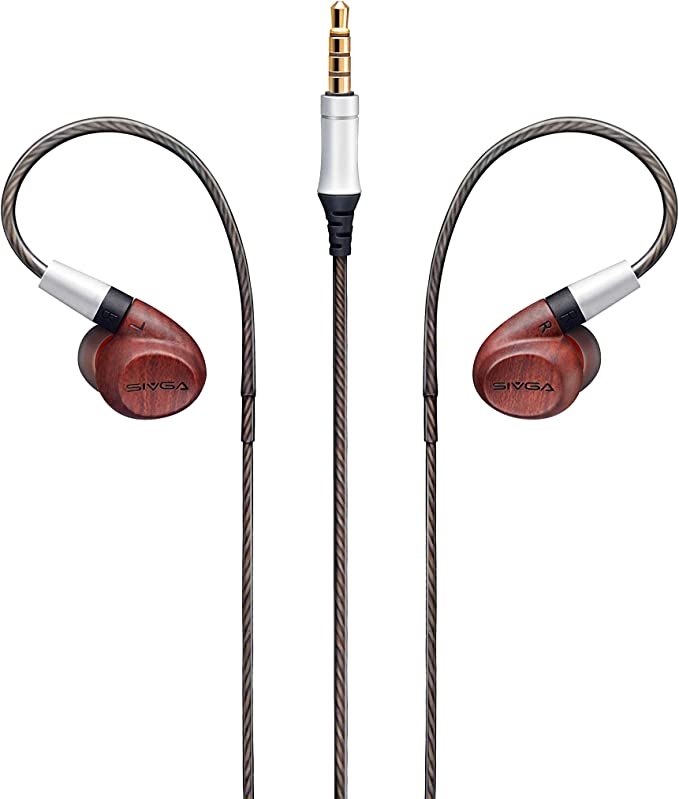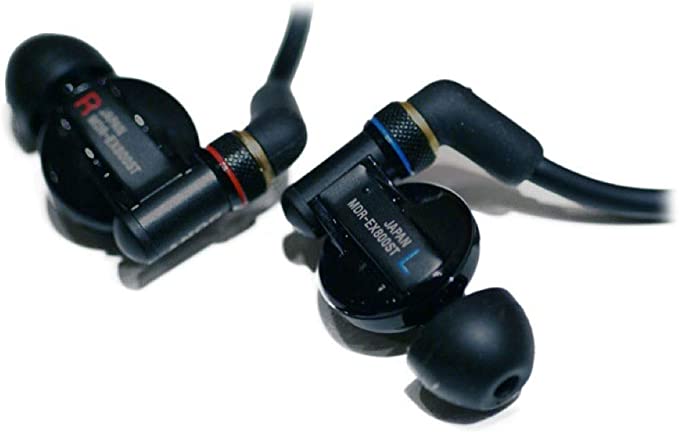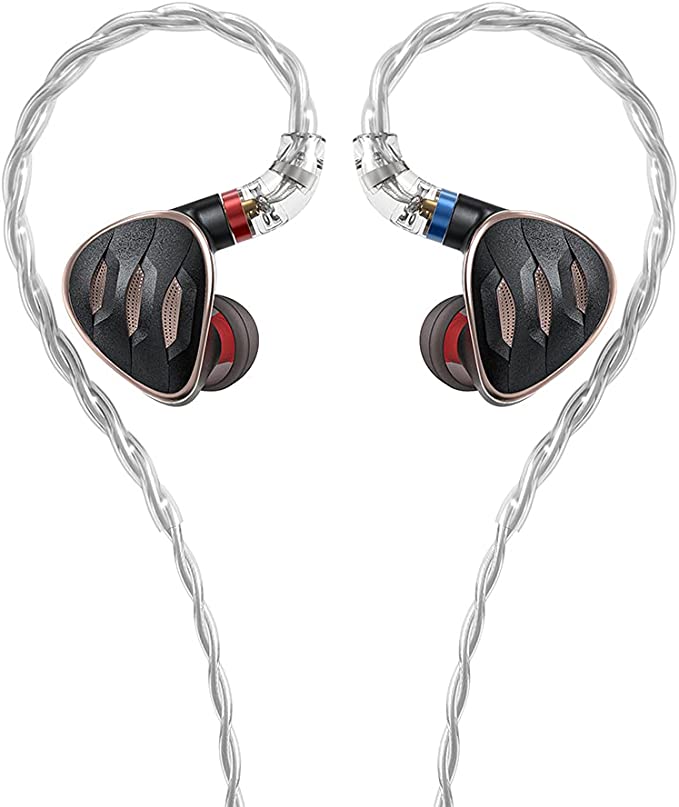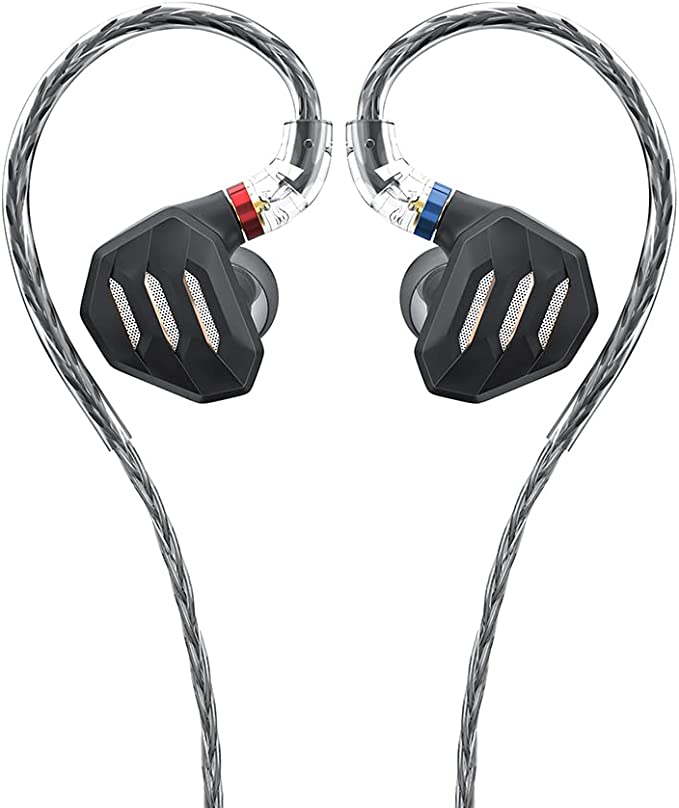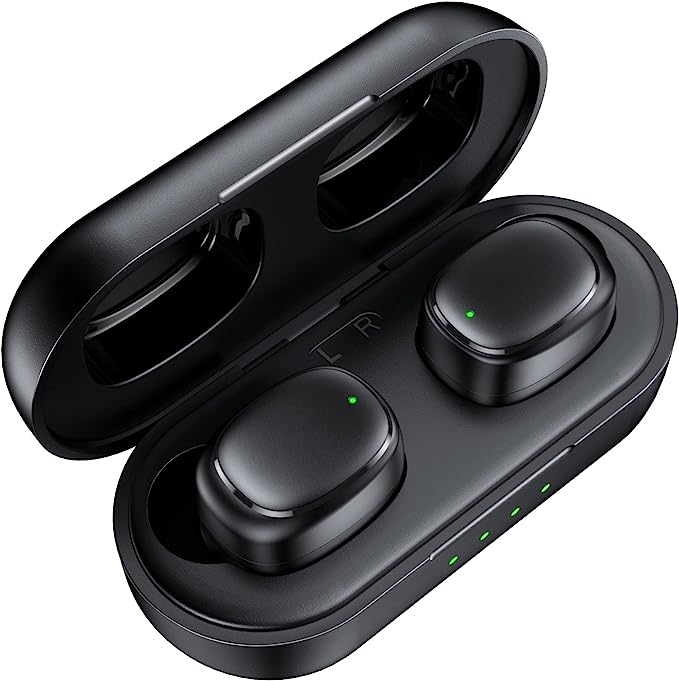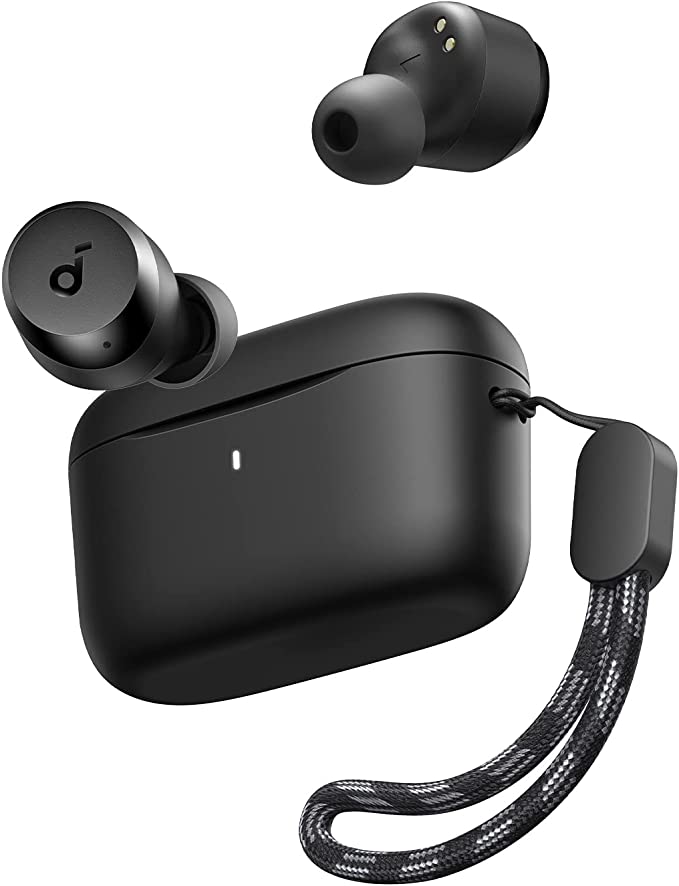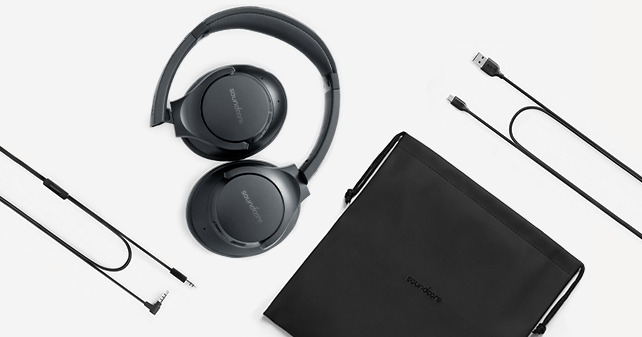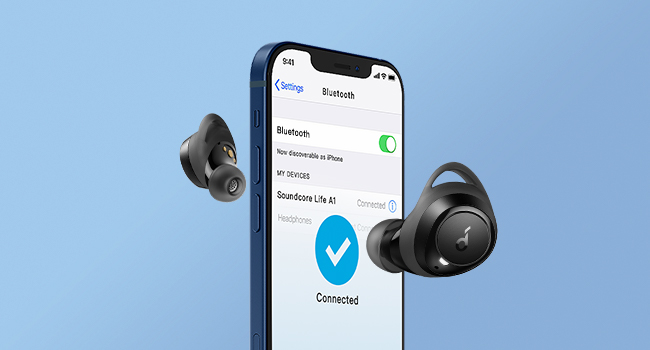Bang & Olufsen Beoplay EX: Immerse Yourself in Music, Wherever You Go
Update on July 5, 2025, 7:18 a.m.
Have you ever truly heard your favorite song? It’s a strange question, almost nonsensical. Of course you have. You’ve heard it a hundred, maybe a thousand times. You know every word, every beat, every guitar lick. But what if all this time, you’ve only been listening to a ghost? A sketch of the real thing?
This thought began with a story from a man named Brian Greene. It wasn’t about a concert hall or a state-of-the-art sound system. It was about a shower. While washing his face, listening to a familiar track through his Bang & Olufsen Beoplay EX earbuds, he heard something impossible: a “distant bullet stray wide.” A sound he’d never noticed before, suddenly present and clear over the rush of hot water.
This wasn’t a glitch. It was a revelation. It was a detail meticulously placed in the mix by an artist, a piece of sonic world-building that had been lying dormant, waiting for a key to unlock it. That stray bullet becomes our guide, a breadcrumb leading us down a rabbit hole of science, art, and engineering. It forces us to ask: what does it take to close the gap between the artist’s studio and our own ears?

The Sculptor’s Studio
Our investigation begins with the physical act of creation. How can a sound as fleeting and subtle as a distant ricochet be rendered by a device small enough to be hidden in your ear? The answer lies in a tiny, powerful heart: a 9.2-millimeter Neodymium driver.
For decades, the challenge for audio engineers was a simple law of physics: to create big sound, especially deep, resonant bass, you needed a big speaker to move a lot of air. But in the 1980s, the commercialization of Neodymium magnets changed everything. These rare-earth magnets are exponentially more powerful than the conventional ferrite magnets they replaced. For an earbud driver, this is revolutionary. A stronger magnetic field allows the voice coil—the tiny engine that drives the speaker cone—to be controlled with astonishing force and precision.
Think of it not as a sledgehammer, but as a sculptor’s finest chisel. The Neodymium driver in the Beoplay EX doesn’t just crudely push out sound. It carves it. It can accelerate and stop on a dime, recreating the sharp crack of a snare drum (fast transient response) just as faithfully as the lingering decay of a piano note. That “stray bullet” sound likely occupies a very specific, narrow frequency band and has a unique shape, or “envelope.” A lesser driver would either miss it completely or smudge it into the background noise. This driver, with its potent magnetic heart, has the finesse to sculpt that sound out of thin air, exactly as the recording engineer intended.

The Chamber of Silence
This brings us to the second part of the puzzle: the environment. Greene was in a shower, a cacophony of white noise. How did a whisper of sound penetrate a roar? The answer is not by shouting louder, but by creating a pocket of profound silence. This is the elegant art of Adaptive Active Noise Cancellation (ANC).
The basic principle, destructive interference, sounds like science fiction but is beautifully simple. Imagine dropping two pebbles into a still pond. Where the peak of a ripple from one stone meets the trough of a ripple from the other, the water flattens. ANC does the same with sound waves. Microphones on the outside of the Beoplay EX constantly listen to the environment, and a dedicated processor instantly generates an inverse soundwave—an “anti-noise”—that is a perfect mirror image of the incoming noise. When the two waves meet at your eardrum, they annihilate each other. The drone of the shower is effectively erased.
But the “Adaptive” part is where the real intelligence lies. A simple ANC system is like a blunt instrument, applying the same level of cancellation regardless of the situation. The Beoplay EX, however, is a curator. It understands that the noise of a subway is different from the hum of an office or the rush of wind. It continuously analyzes the soundscape and adjusts its cancellation algorithm in real-time, creating a stable sonic foundation without the disorienting “pressure” sensation that lesser systems can produce.
This is why some user reviews of ANC technology, across all brands, can seem contradictory. It’s because we’re talking about psychoacoustics—the intersection of physics and perception. The goal isn’t to achieve an absolute, unnatural void. It’s to create a pristine, black-velvet canvas, clearing away the sonic clutter so that the faintest, most delicate details—like a stray bullet—can finally be perceived.

The Unbroken Thread
So, the sound has been sculpted, and the canvas has been cleared. But one perilous journey remains: the trip from the phone to the earbud. For years, this was the weakest link in the chain, where digital audio went to die. Bluetooth was a narrow, treacherous path, forcing music through a brutal compression process that stripped it of its life and detail. This is the “last mile” problem of wireless audio.
The solution is an unsung hero called a codec. And the Qualcomm® aptX™ Adaptive codec inside the Beoplay EX is a masterpiece of information theory.
Imagine you’re shipping a priceless Fabergé egg. The standard Bluetooth codec (SBC) is like tossing it in a cardboard box with some newspaper. It will probably arrive, but it will be bruised and battered. aptX™ Adaptive, on the other hand, is a state-of-the-art armored transport. It is “adaptive” in two crucial ways.
First, it has a dynamic, variable bitrate. It constantly assesses the quality of your Bluetooth connection. In a clean environment, it widens its data pipeline to let the music flow through at near-CD quality, preserving every nuance. But if you walk into a crowded space with heavy radio frequency interference, it instantly narrows the pipeline, slightly increasing compression to ensure the connection remains stable and doesn’t stutter. It intelligently prioritizes an unbroken thread of music over absolute quality when it has to, ensuring the egg never gets dropped.
Second, it maintains critically low latency. This is the delay between a signal being sent and received. For music, it’s important. For watching a video or playing a game, it is everything. Low latency ensures that dialogue syncs with lips and that you hear the in-game footstep at the exact moment it happens. It ensures the thread between sight and sound remains taut and unbroken.

The Artist’s Intent
We now arrive at our conclusion. The stray bullet was not a miracle. It wasn’t added by the earbuds. It was always there, a deliberate choice by a musician or producer, a tiny brushstroke on a vast canvas, meant to build a mood, to tell a story.
For years, that detail was lost. It was lost to drivers without the precision to render it, to noisy environments that masked it, and to wireless connections that crushed it out of existence. The Bang & Olufsen Beoplay EX didn’t create the sound; it simply, through a symphony of meticulous engineering, removed all the barriers that stood in its way.
It is a profound realization. The technology—the Neodymium magnets, the destructive interference, the adaptive codecs—is not the point. It is the servant. Its sole purpose is to become invisible, to dissolve the distance between the artist’s original creation and our perception of it. It’s a tool that doesn’t just let you hear your music, but allows you to explore it. It transforms passive listening into an active, emotional archeology, digging for the hidden treasures you never knew were there. And in finding them, you don’t just rediscover a song; you forge a deeper, more intimate connection with the art itself.
